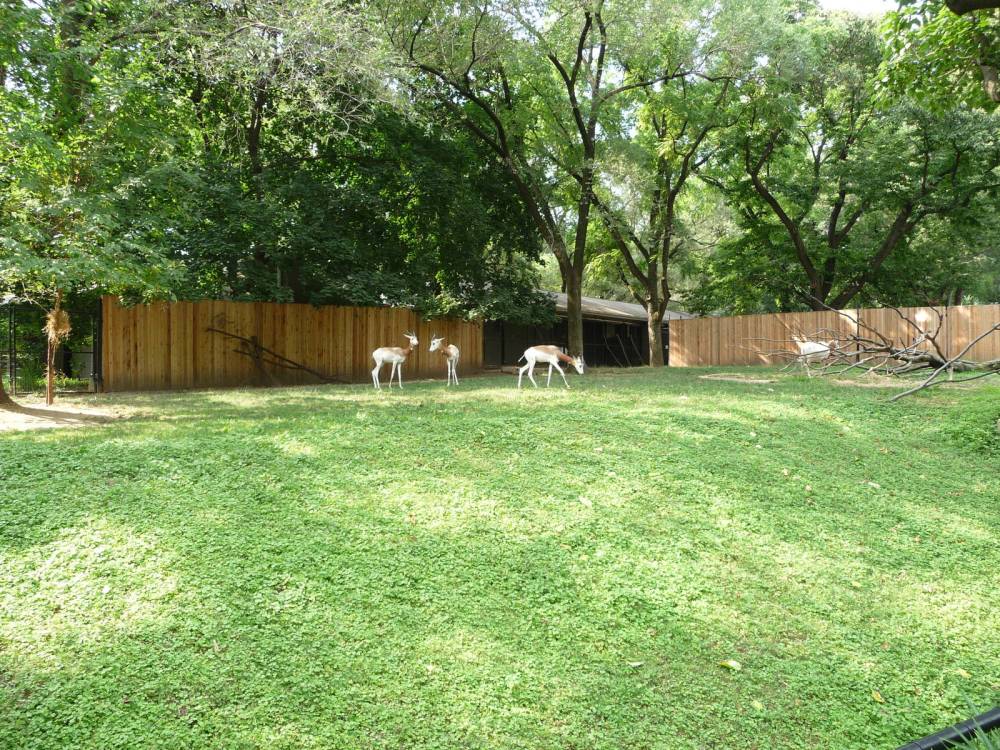Asia Trail是一个5英亩的无障碍行人和动物栖息地走廊,编织成历史悠久的国家动物园,由Frederick Law Olmsted设计。道路标志着公园计划的根本变化,取代拥挤的设施,显示动物,同时模拟自然栖息地的环境和当代流行网络,让公众享受。在亚洲径的建设之前,公园通过类型组织动物 – 所有熊在一个地方,所有的猴子在另一个地方 – 并优先考虑访客的经验。亚洲之路创造了一系列由生态系统组织的展览,通过模拟自然栖息地注意动物的经验和刺激。该小径旨在让游客了解本土栖息地,作为展品的威胁动物 – 传播栖息地保护在维护动物及其环境之间微妙共生关系中的重要性。
路径本身位于建筑基地,通过公园陡峭的中央山谷维持可达到的5%坡度。这种结构解决方案可以作为亚洲大都市动物控制和机械空间大部分的集装箱,从公众视野隐藏运营功能,减少项目的总体占地面积。通过减少Trail的足迹,设计团队设法保护公园内的成熟树木,从而提供遮阳和自然侵蚀控制。结合在建筑基础上的是各种可持续发展的设计策略:石笼墙,树脂路面和绿色屋顶。
对于与“Asia Trail”相关的展品,设计团队创建了特定于物种的活动空间,以鼓励野生栖息地中典型的行为展示。水,岩石,攀爬树木和堕落的树木刺激动物,同时形成与公众无缝融合的动物之间的必要的物理分离,造成持续环境的印象。
Asia Trail于2006年10月开幕后迅速成为国家动物园最受欢迎的目的地,每年接待高达200万人次。
The Asia Trail is a 5-acre accessible pedestrian and animal habitat corridor woven into the historic National Zoological Park, originally designed by Frederick Law Olmsted. The Trail marks a fundamental change in the Park’s program, replacing crowded facilities for displaying animals with environments that simultaneously simulate a natural habitat and a contemporary circulation network for public enjoyment. Prior to construction of the Asia Trail, the Park organized animals by type – all bears in one location, all monkeys in another – and prioritized the visitor’s experience over that of the animals. The Asia Trail creates a cohesive series of exhibits organized by ecosystem, with attention to the experience and stimulation of animals by simulating natural habitats. The Trail is designed for visitors to learn as much about native habitat as the exhibits’ threatened animal species –communicating the importance of habitat preservation in maintaining delicate symbiotic relationships between animals and their environment.
The Trail itself rests on an architectural base to maintain an accessible, 5% slope through the Park’s steep central valley. This structural solution doubles as a container for the majority of the Asia Trail’s animal holding and mechanical spaces, hiding operational functions from public view and reducing the overall footprint of the project. By reducing the Trail’s footprint, the design team managed to preserve mature trees within the park, which provide shade and natural erosion control. Incorporated in the architectural base are a variety of sustainable design strategies: gabion walls, resin-based trail surfaces, and green roofs.
For exhibits associated with the Asia Trail, the design team created species-specific activity spaces to encourage behavioral displays that are typical in wild habitats. Water, rockwork, climbing trees, and fallen trees stimulate the animals while forming necessary physical separations between animals that appear seamless to the public, creating the impression of a continuous environment.
The Asia Trail quickly became the most popular destination at the National Zoo following its opening in October 2006 and receives up to two million visitors annually.





























